It’s time to buy another car. Like everyone else these days, you’re a bit cost-conscious, so you’re looking at getting the most for your money. You decide to see what the local used car lot has to offer. Before you get out of your car, the slick used car salesman approaches you, shoves a card into your hand and is a little too happy to help you find a new automobile. You approach a couple of cars that you think might fit your budget. The closer you get, you notice something that seems odd. You’re standing in front of two identical cars: same make, same model, same year, same color, even the same warranty. But you see that one is $5,000 less than the other. Hmm. The first, more expensive car seems to be in good order, looks nice, smells okay. You climb into the second car and it hits you why there is a difference in price: the second car has no dashboard instrumentation panel! No speedometer, no fuel gage, no warning lights. Mr. Slick sees the concern on your face and quickly tries to thwart off any objections, “Don’t worry about not having a speedometer, you can just go along with traffic. Not a problem with not having a fuel gauge, it starts making a knocking noise when you need to fill up. And these are great cars, you shouldn’t worry about not having any warning lights.” Oddly enough, this all makes sense to you. You make the decision that these kinds of indications really aren’t that important and decide on the less-expensive car.
Of course you don’t decide on the car that doesn’t give you any indication on how it’s performing! That doesn’t make any sense to you at all! Yet, there are many laser operators and laser jocks out there that do just that when it comes to their lasers. They are content to be blissful in the ignorance of their own laser’s performance. They rely on simple sometimes time-consuming methods of beam diagnostics that are often times subjective to the technician, don’t comply with industry standards, and rely on a skill set that is difficult and time-consuming to transfer to other employees. Or, even worse, some laser technicians employ a “don’t fix what isn’t broken” approach to their laser performance monitoring, which can and have resulted in poor process, scrapped or failed parts, or even worse, product recalls. Several industry experts, from laser manufacturing engineers, research scientists, process engineers, to name just a few, agree that the best way to accomplish a comprehensive laser maintenance program is with a planned maintenance schedule that includes beam power/energy measurement along with a process called beam profiling.
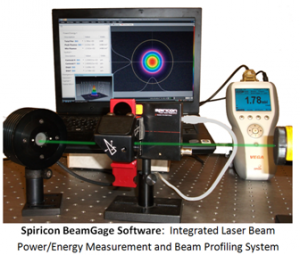 Laser beam profiling can be described as using an imaging device, such as a camera or a scanning slit profiler, to capture and display the spatial intensity of a laser’s energy. The software that is interfaced with this imaging device will then perform attribute measurements such as beam size, beam wandering, peak energy to centroid (or the geometrical center of the beam) location, as well as other beam characteristics and even using the latest in software developments to incorporate an average power or energy per pulse measurement to calibrate these measurements. There are even devices that will give you all of this information in one package. Bottom line is that it can be as simple or as complex as you want it to be, but the benefits of implementing laser beam profiling practices can be very beneficial at the end-user stage of a laser’s life.
Laser beam profiling can be described as using an imaging device, such as a camera or a scanning slit profiler, to capture and display the spatial intensity of a laser’s energy. The software that is interfaced with this imaging device will then perform attribute measurements such as beam size, beam wandering, peak energy to centroid (or the geometrical center of the beam) location, as well as other beam characteristics and even using the latest in software developments to incorporate an average power or energy per pulse measurement to calibrate these measurements. There are even devices that will give you all of this information in one package. Bottom line is that it can be as simple or as complex as you want it to be, but the benefits of implementing laser beam profiling practices can be very beneficial at the end-user stage of a laser’s life.
Laser power/energy measurement is a quick and basic, yet certainly a vital practice to monitoring your laser’s performance and efficiency. Laser engineers will use such equipment for measuring the laser’s average power or energy per pulse over time to predict and plan for flash lamp changes or optics alignments or replacements. The equipment can also be used to characterize a laser for purposes of process validation or run off of new equipment. However, as important as this information is, it does not tell you all you need to know about your laser. For instance, the laser’s average power could be stable while the laser’s mode could be unstable or not optimized, ultimately causing undesired effects during your process.
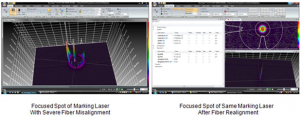 Depending on the process that the laser is intended for, the laser’s mode, or structure of energy distribution, should be optimized for that process. For instance, a Gaussian, or “cone-shaped” mode, with a relatively high peak power near the centroid of the beam, should be achieved for marking, etching, micro-welding and some cutting applications. A flat-top mode should be achieved for most welding applications. And a TEM01 or TEM01* (or “donut”) mode is common for high-powered cutting lasers. Several different factors come into play when trying to optimize your laser’s mode; process parameters, optical alignments, condition of laser components are just a few.
Depending on the process that the laser is intended for, the laser’s mode, or structure of energy distribution, should be optimized for that process. For instance, a Gaussian, or “cone-shaped” mode, with a relatively high peak power near the centroid of the beam, should be achieved for marking, etching, micro-welding and some cutting applications. A flat-top mode should be achieved for most welding applications. And a TEM01 or TEM01* (or “donut”) mode is common for high-powered cutting lasers. Several different factors come into play when trying to optimize your laser’s mode; process parameters, optical alignments, condition of laser components are just a few.
Driving an automobile without an instrument panel and not monitoring your laser’s performance on a regular basis can often times have the same results. You can wait for an expensive and time-consuming laser failure the way you could use a policeman to provide you with information about your speed. You wouldn’t ever operate a motor vehicle without knowing how it’s performing because it’s just not safe to. With consequences being far more serious, why would you operate your laser without knowing how it’s performing?
-Article written by John McCauley, the Midwest Regional Sales Manager for Ophir-Spiricon
You might also like to read: Is Your Laser’s Beam Profile Shaped Correctly for Your Application?
Share this:
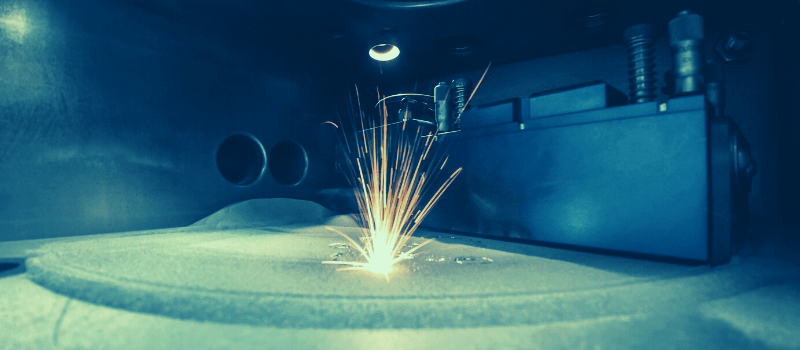
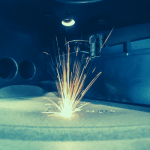


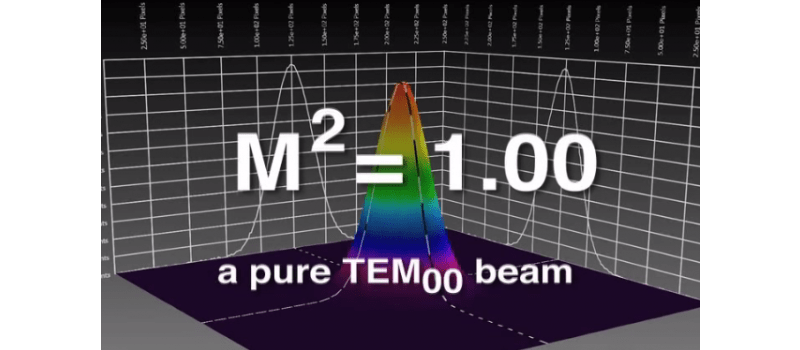
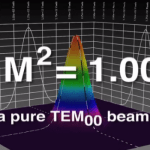
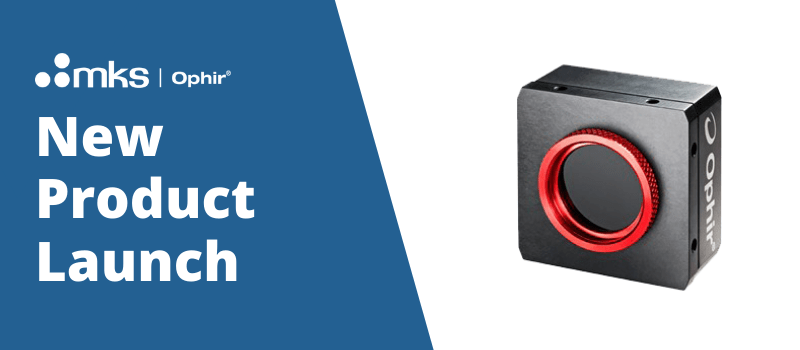
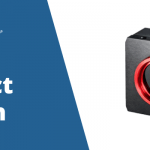
Leave a Reply
Your email address will not be published. Required fields are marked *